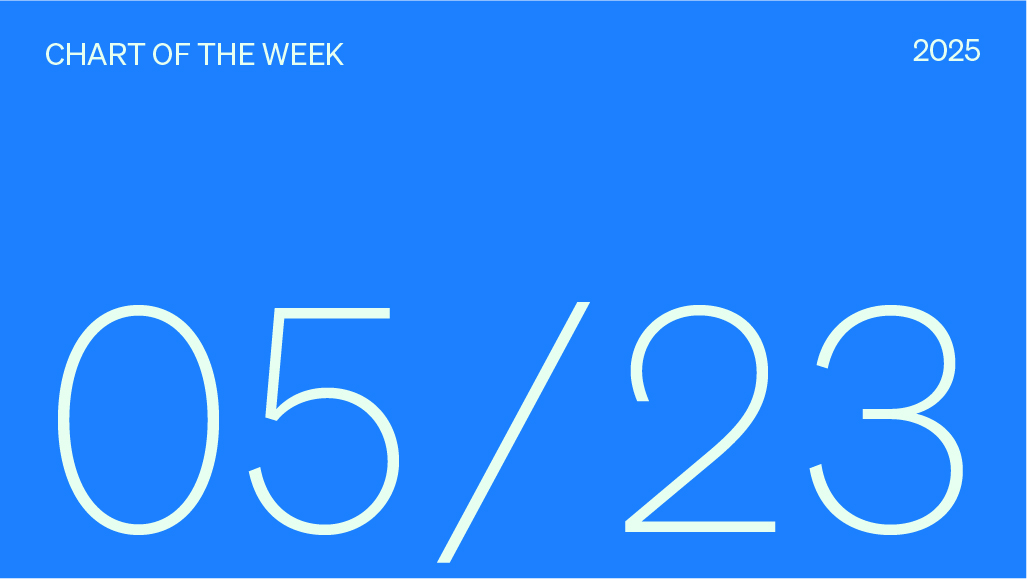real estate
Our commercial real estate platform delivers debt and equity capital solutions tailored to the anticipated evolving needs of sponsors and borrowers. Our team leverages more than 20 years of experiences and relationships to source high-quality investments and generate strong returns for investors.

$
9.9
B
Assets under management1
20
+
years track record
150
+
sponsor relationships
our advantage
Sourcing network
Our deep relationships drive robust deal flow, allowing us to be highly selective in investments made on behalf of our investors.
agility
We structure customized debt and equity solutions across strategies, geographies and property types, while offering investors diversified real estate exposure.
discipline
We employ a thematic investment approach that combines top-down macro and market insights with bottom-up fundamental analysis, informed by our decades of experience investing across market cycles.
strategies
commercial real estate debt
Senior, floating rate loans backed by commercial real estate properties diversified by borrower, property type and geography.
real estate secondaries
Secondary investments in real estate funds managed by leading sponsors where we often have preferred access as a preapproved buyer.
Direct equity
Direct investments in commercial real estate properties alongside leading sponsors.
investments
EXPLORE OUR SOLUTIONS
what we do
view all investments
insights
continuing education
know your alternatives®
We empower our partners with timely insights into innovative solutions, opportunities for continuing education and actionable perspectives on key market trends.
footnotes + disclosures
- Platform AUM estimated as of March 31, 2025. Future Standard defines a "Platform" as a group of internal investment teams with a similar primary investing strategy. References to “platform assets under management” or “Platform AUM” represent the AUM of the Funds managed by the investment teams at Future Standard, within the same Platform. References to “assets under management” or “AUM” represent the assets managed by Future Standard or its strategic partners as to which Future Standard is entitled to receive a fee or carried interest (either currently or upon deployment of capital) and general partner capital. Future Standard calculates the amount of AUM as of any date as the sum of: (i) the fair value of the investments of Future Standards’ investment funds; (ii) uncalled investor capital commitments from these funds, including uncalled investor capital commitments from which Future Standard is currently not earning management fees or carried interest; (iii) the fair value of other assets managed by Future Standard. Future Standards’ calculation of AUM and Platform AUM may differ from the calculations of other asset managers and, as a result, Future Standards’ measurements of its AUM and Platform AUM may not be comparable to similar measures presented by other asset managers. Future Standards’ definition of AUM and Platform AUM is not based on any definition of AUM that may be set forth in agreements governing the investment funds, vehicles or accounts that it manages and is not calculated pursuant to any regulatory definitions.

